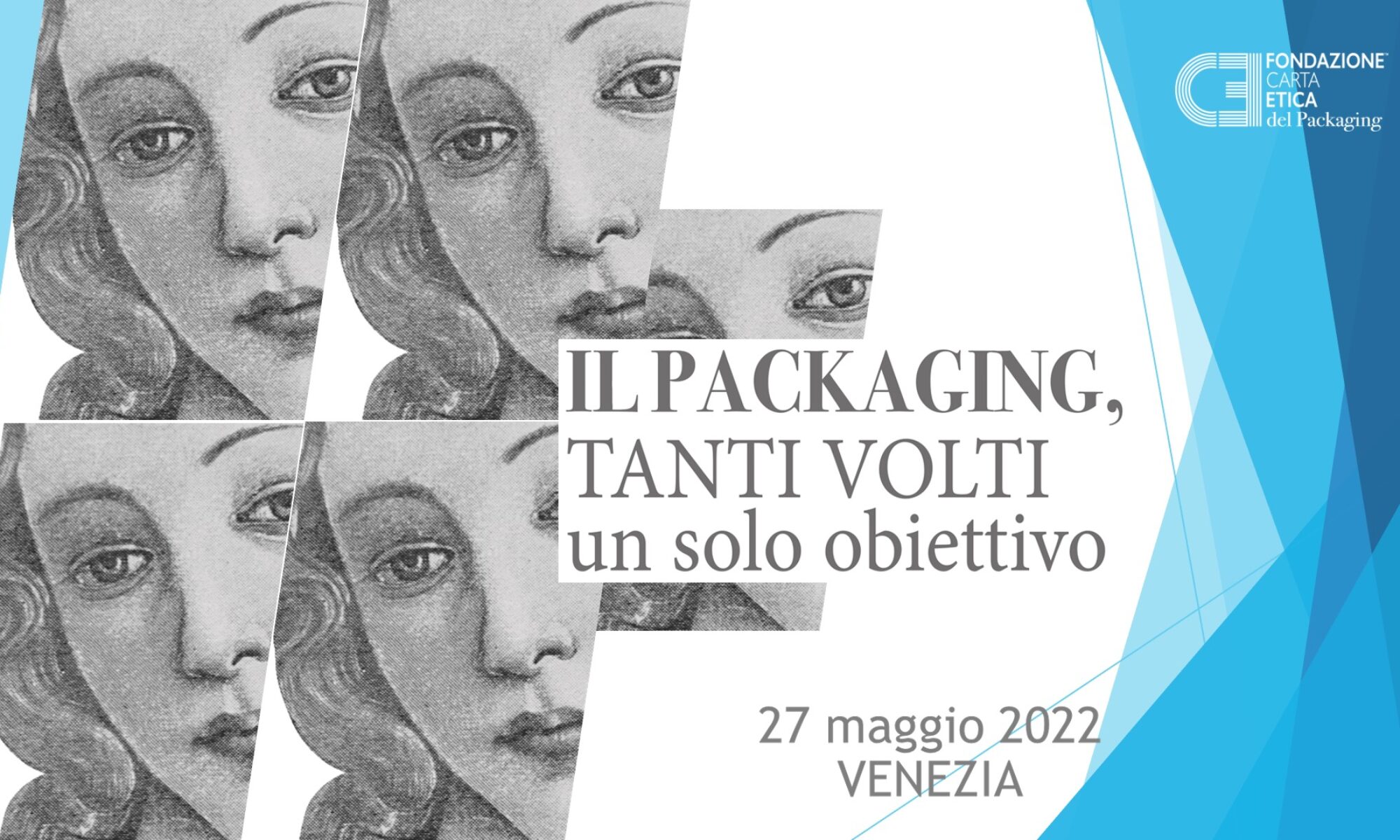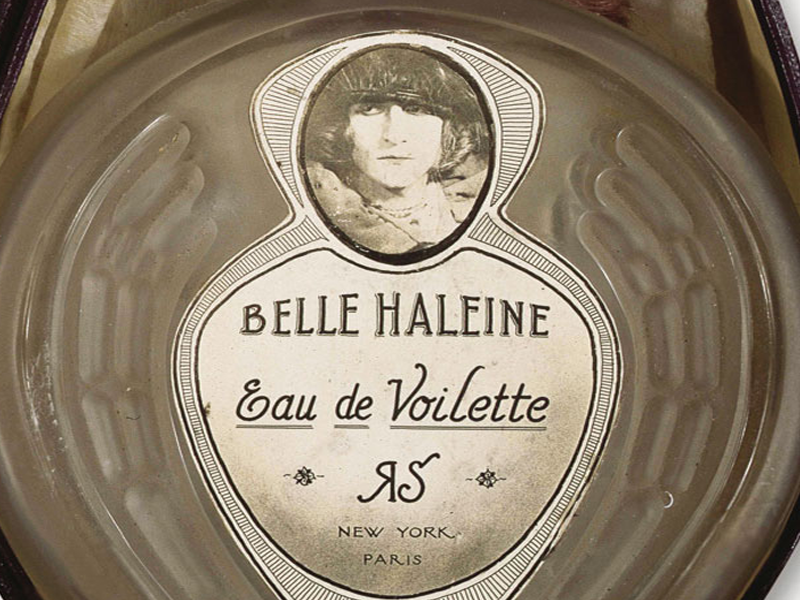What do Chanel No. 5 and the history of art have in common? Can a bottle of perfume be considered a sculpture? Is the most expensive Eau de Voilette in the world a play on words? A bizarre journey through the paradoxes of the art of perfume and perfumes of art.
Marco Senaldi
How can a perfume become a work of art? How can something invisible like an aroma become the subject of an object made for the eyes? The archetype is with all likelihood Chanel No. 5, wrongly considered a “classic”, when in fact it was a revolutionary artifact, born not by chance during the “roaring twenties” (1921) from the creativity of Coco Chanel, a friend of artists like Picasso, Claudel and Stravinsky, which only later became a must have, an indispensable point of reference even for those who have never bought or worn it.
It’s no coincidence that during the 80s, a decade in which certain fashions that had originated during the mythical Jazz Age were taken up and revisited, the Chanel image made a huge comeback: the high priest of this consumer neo-iconophilia, Andy Warhol, followed the suggestion of the Feldman Fine Arts gallery to create a series of prints dedicated to modern myths, and he didn’t forget to include No. 5.
The sober, rational bottle in Deco style, in its Warhol version, takes on a new dimension: made transparent and almost evanescent, a pure profile standing out in unreal, almost television colors (Warhol claimed that the idea of saturated color screen prints came to him while watching static television), the series of Warhol prints sublimates the object beyond its meaning as a consumption product: a spectral image of itself, the enormous Chanel incarnates a myth always beyond our ability to consume it, eternally desirable and eternally indestructible, a sort of – to paraphrase Oscar Wilde – “icon without enigma”.

By a twist of fate, or rather history, more or less in the same years, a surviving proponent of the historic avant-guarde, Salvador Dalì (who among other things, with his theatrical gestures and eccentric muses like Amanda Lear, was the secret master of Warhol’s extravagant style) also designed his own personal perfume.
 Since then, Dalì Perfume, established in 1983, contained in a bottle shaped like stylized lips with a nose stopper, as if it were a fragment of an ancient statue, also became a classic in its own right. This perfume is proposed as a small collectible: the container is almost a sculpture, and the mark of the Catalonian genius is absolutely unmistakable. The full red lips are a citation of a citation: they can’t but recall the famous lips-shaped couch of the 1930s – in its turn inspired by the lips of Mae West, the famous American pin-up model and actress. But the whole ensemble creates a typical double image à la Dalì: its silhouette carries the gaze behind the negative image of the face to which mouth and nose should belong, with an extraordinary hypnotic effect.
Since then, Dalì Perfume, established in 1983, contained in a bottle shaped like stylized lips with a nose stopper, as if it were a fragment of an ancient statue, also became a classic in its own right. This perfume is proposed as a small collectible: the container is almost a sculpture, and the mark of the Catalonian genius is absolutely unmistakable. The full red lips are a citation of a citation: they can’t but recall the famous lips-shaped couch of the 1930s – in its turn inspired by the lips of Mae West, the famous American pin-up model and actress. But the whole ensemble creates a typical double image à la Dalì: its silhouette carries the gaze behind the negative image of the face to which mouth and nose should belong, with an extraordinary hypnotic effect.
But the fascination of artists with the world of perfume, for the allusions it reveals, for the forms with which such an impalpable thing wraps itself concretely, can be traced almost to the same years in which Coco was creating No. 5 as a work of art. Famous, for exa mple, is the assisted ready-made Eau de Voilette, signed, again in 1921, by Marcel Duchamp, who in order to make it used an authentic Rigaud perfume bottle, remaking the label and then inserting it into a purple velvet case.
mple, is the assisted ready-made Eau de Voilette, signed, again in 1921, by Marcel Duchamp, who in order to make it used an authentic Rigaud perfume bottle, remaking the label and then inserting it into a purple velvet case.
On the label can be made out the face of Duchamp, in a portrait by Man Ray, showing him as his feminine alter ego Rrose Sélavy (the label features the initials “R.S.”).
Even the title itself is a head-scratcher: in lieu of Eau de Toilette, as one would expect, it is an Eau which isn’t even “de Violette”, as one might expect in reference to the essential oil – but “de Voilette”, as if it were a typo (this is all an obscure reference to the poem by Rimbaud Les Voyelles, in which the “O” is from the “viola”).
Even more obscure is the meaning of the play on words beneath the image of Duchamp: Belle Haleine, which recalls “Belle Héléne”, but with a significant alteration: “de longue haleine” in French means “of long breath” but for Duchamp, who was passionate about impalpable things, which he defined as “infrathin” (“inframince”), the air, breath, smoke, perfume, etc., etc., these were artistic dimensions as undervalued as they were essential, to the point that, to one interviewer who asked him what he did for a living, he responded: “I’m a breather, isn’t that enough?”.
Maybe thanks to these (typically Duchampian) streaks of genius, maybe because only one exemplar of these modified readymades has survived – the fact is that Eau de Voilette has become the most expensive perfume of all time: and we believe, if it’s true that this last copy (which once belonged to Yves Saint-Laurent) has been auctioned at Christie’s for the “small sum” of 8.9 million euro.

Such a fascinating story could not leave indifferent younger generations of artists. Italy’s own Francesco Vezzoli has been seduced by Duchamp (or maybe by Rrose Sélavy?). Ninety years later, in 2009, Vezzoli decided to re-propose an art-perfume inspired by Duchamp’s Eau, but to call it (in a highly postmodern concession) Greed.
In practice, the bottle is still the same one as Duchamp’s, but in place of Rrose appears Francesco/a, himself also vaguely effeminate. The remarkable thing, however, is that Vezzoli has commissioned a video spot as if for the launch of a real perfume, or even better: the short is signed by none other than Roman Polanski, who directs Nathalie Portman and Michelle Williams. How to say: what counts now, everybody knows, is no longer the perfume itself, but the perfume’s “scent”, its disembodied media experience, cloaked with the unmistakable aroma of glamour given off by glories both old and new like the Hollywood they originate from. To sum up, the next step to the Warholian glorification of merchandise: the glorification of the imaginary.

Does the story end here? Not by a long shot. To make a contemporary artist, some say, means to move the peg of the impossible always one notch higher up. One would be tempted to say that that is what another Italian artist, Luca Vitone, managed to do at Venice’s 2013 Biennale.
Invited to the Italy Pavilion, he opted for an extreme choice: to bring a work of art “that’s not there”. In dialog (this is the curatorial concept) with the photography of the great Luigi Ghirri, Vitone thought to play his part without descending to the plane of the visible, but rather the olfactory. Thus, he installed in the space an odor, which “at first you like, then becomes unpleasant, then sticks in your throat, then makes you want to swallow” as he explained himself. An odor that recalls another, this time anything but glamour: the odor of eternit. Thus, although impalpable, Vitone’s work speaks to one of the most tragic events in recent history, and in order to achieve this effect, the artist had to turn to the “nose” Maria Candida Gentile, showing that even a perfume can inspire thoughts and carry the mind far, far away…



